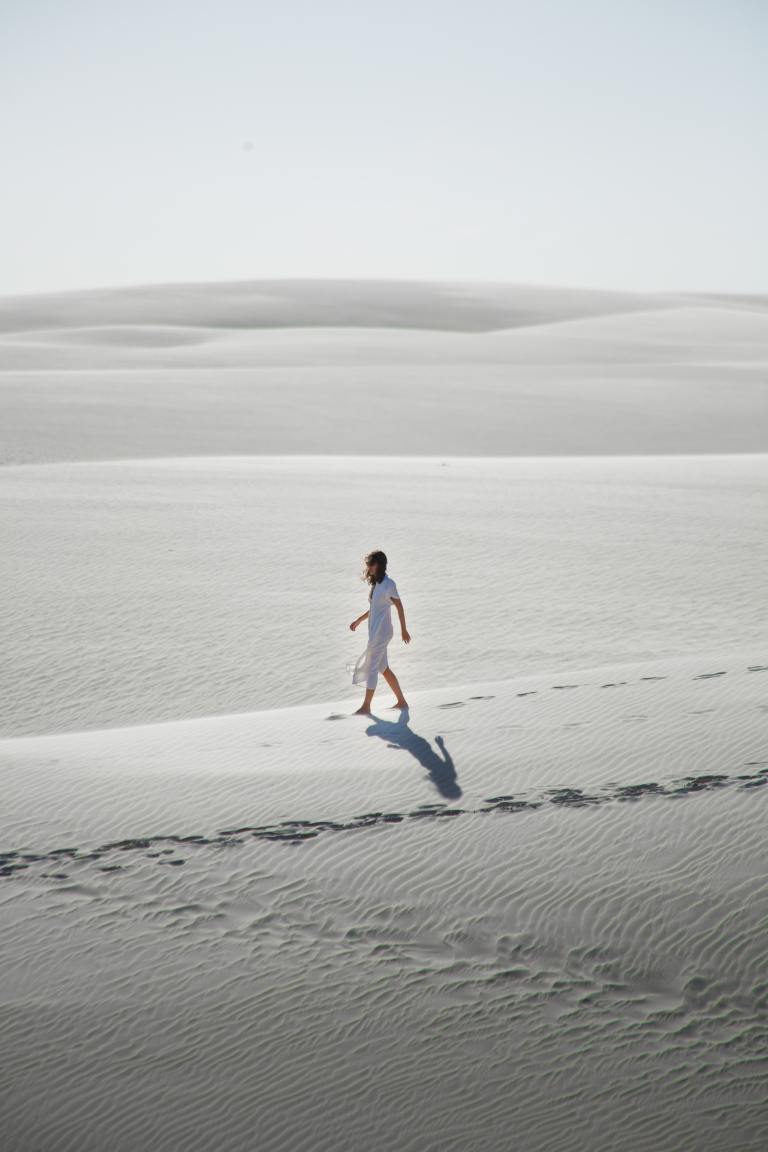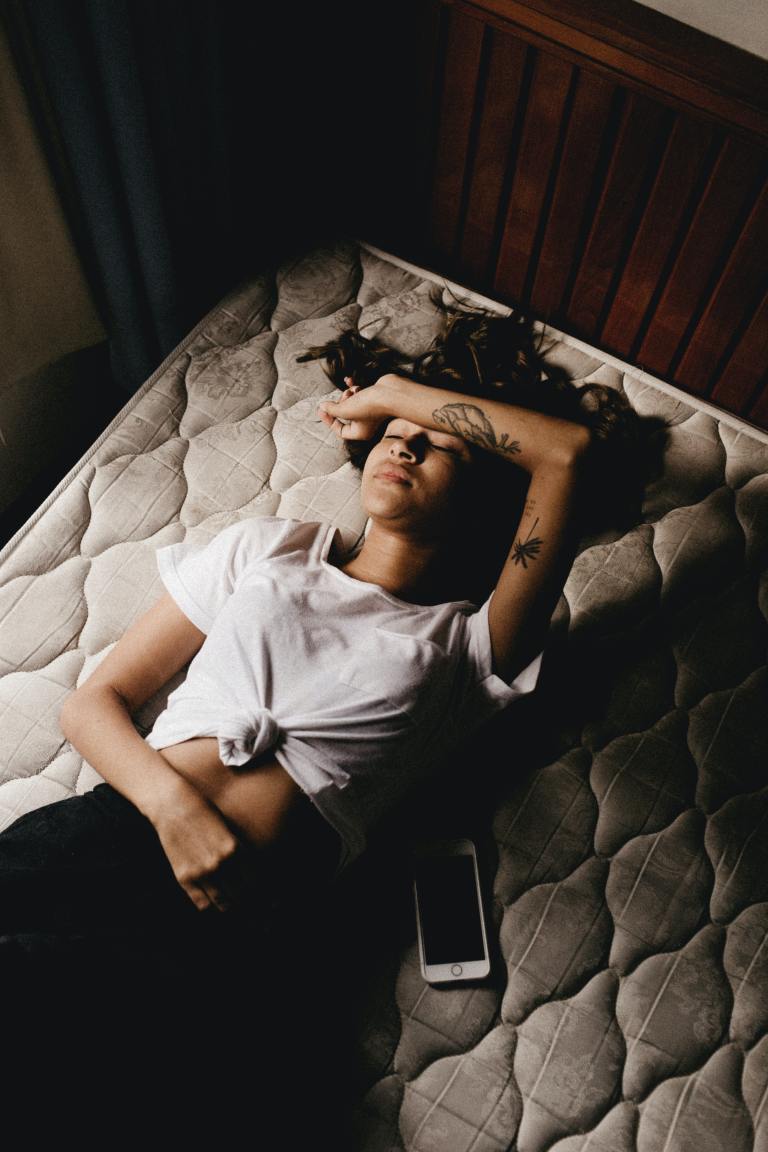A Treatment For Keloids
I don’t remember exactly when my keloid started to form because it happened very slowly.

When my keloid was small, I would  cover it with makeup. As it grew, I started to cover it with a band-aid, dodging people’s questions by making lame jokes about the rapper Nelly. Eventually I grew tired of the questions and the stares, and I started to wear only high-necked shirts that kept it covered.
cover it with makeup. As it grew, I started to cover it with a band-aid, dodging people’s questions by making lame jokes about the rapper Nelly. Eventually I grew tired of the questions and the stares, and I started to wear only high-necked shirts that kept it covered.
Keloids are tricky from a dermatologist’s standpoint. A keloid is essentially a wound that doesn’t know it has healed. It’s a scar, but it continues to grow because the mechanisms that control tissue repair go into overdrive. Attempts to surgically remove a keloid usually cause it to grow back even larger – again, it doesn’t know when to stop healing. Keloids are not just a cosmetic annoyance; they itch constantly and send sharp, stinging pains through the skin. They’re more common in people of Asian or Black heritage, usually appearing on the chest, shoulders, or ear lobes.
I don’t remember exactly when my keloid started to form because it happened very slowly. Sometime around age thirteen or fourteen, I popped a pimple in the center of my chest. It took me a while to realize that the scar wasn’t fading; it was growing larger and increasingly raised. As it continued to grow over the years, my dermatologist recommended several different creams and pressure pads, most of which ended up irritating the keloid more than they helped. He later recommended steroid injections, which were the most painful thing I’ve ever experienced. Because the keloid is so dense and fibrous, the steroid solution has nowhere to go – and it burns like hell. I underwent three of them. Nothing worked. After seeing a few other dermatologists, consulting plastic surgeons, and trying every treatment I found on the internet—topical application of vitamin E capsules, apple cider vinegar, and Chinese herbal pastes, to name a few—I got used to the idea that I was stuck with my keloid. I stopped looking for treatment, and gave away any clothes that didn’t cover it.
One afternoon last fall, I was out with my parents when my mother frantically mumbled something about keloids and darted off after a woman who had just walked by. A few minutes later, my mother came back to explain: she had seen a flattened keloid on the woman’s chest, and had chased after her to ask about what treatments she had undergone. The woman recommended her dermatologist to us and described the steroid injections she had been getting for the keloids on her chest and ear (both of which were barely noticeable). I mentioned that steroids hadn’t worked for me, but she encouraged me to see her dermatologist anyway. She said her keloid had looked just like mine. I started to rethink the possibility of treatment, but I tried not to get excited. I reminded myself of all the other consultations, all the other treatments I had desperately hoped would be the one to finally work. I braced myself for another disappointment, but I met with her dermatologist anyway.
He said it would take several appointments, but he seemed confident about treating the keloid. He used a stronger steroid than my previous dermatologist had, and he injected the surrounding skin with a numbing agent so that I barely felt the steroid. I started going in for monthly injections and saw a slow but dramatic improvement in the scar. It was flatter and softer. It stopped itching and hurting.
Eight months later, my keloid is completely flat, and I’m currently undergoing monthly laser treatments to try to reduce the discoloration. I still tend to keep it covered, but it’s much more subtle. More importantly, it has stopped growing and the physical symptoms are completely gone.
I resent my first dermatologist for not pursuing what seems to me to be a ridiculously straightforward treatment strategy (if the steroid hurts and it doesn’t work, numb the skin and use a stronger steroid). I can’t help but think that his incompetence cost me years of physical discomfort and self-consciousness, ultimately leaving me with a scar that is bigger than it should have been. I’m also angry with myself for popping that pimple in the first place. Why couldn’t I have just let it be? But I’m trying to let go of those feelings. A two-inch scar across my chest is such a petty problem to have. I have to remind myself that it’s only a tiny part of my appearance, and an even smaller part of who I am as a person.
Nevertheless, I feel so incredibly lucky to have run into that woman last fall. She changed my life. I hope that my story might do the same for others who are currently suffering from keloids—putting up with the physical pain, the questions, the stares, and worst of all, the hopeless feeling that no treatment can help them as their scars keep growing. If this information can help even one other person, then it’s worth putting my story out there.
Update/FAQ:
Feel free to contact me at vicky.oppenheim@gmail.com. And please mention where you’re from! I love seeing how far the article has gone.
Treatment details from my doctor: “I used lidocaine to numb up the area, injecting a little bit underneath the keloid and then used Kenalog 40mg/cc initially monthly followed by 20 mg/cc for some touch up area.”
My previous dermatologist had also used Kenalog, but the strength was 10 mg/cc instead of 40. It took around 5 to 6 injections (one per month) to flatten mine. I imagine that the strength and number of treatments needed will vary from keloid to keloid.
Additional information from my dermatologist: Click here
for a page on keloids from an online textbook that was written by my dermatologist. Although this website is technically a resource for medical professionals, the page provides a nice overview of treatment options for keloids.
Cost: Kaiser insurance completely covered the cost of my treatments. I didn’t pay anything out of pocket.
Steroid injections are not necessarily a permanent fix: In April 2014, almost one year after I stopped receiving injections, I noticed that the keloid was becoming more raised and was starting to itch intermittently. I went to see my doctor and he injected the entire keloid with a weaker concentration of Kenalog (20 mg/cc). He said that this is fairly common. The steroid injections are not necessarily a permanent fix, and periodic injections may be necessary to maintain results. Since April 2014, I’ve gone back about every 6 months for another 20 mg/cc injection. Although it’s not perfect, I’m happy with the results. Here’s a photo from September 2016:

What to expect if you receive steroid injections: Immediately after each injection, the keloid becomes really swollen and discolored, and it actually looks much worse. Then, over the next few weeks, the steroid thins out the skin, the keloid flattens, and the color looks more normal.
Laser treatments: I underwent 3 or 4 laser treatments, but I did not see any significant improvements in color. My dermatologist said that laser treatment helps with color in about half of keloid patients. Although laser didn’t work for me, the color of the keloid has improved on its own with time.




